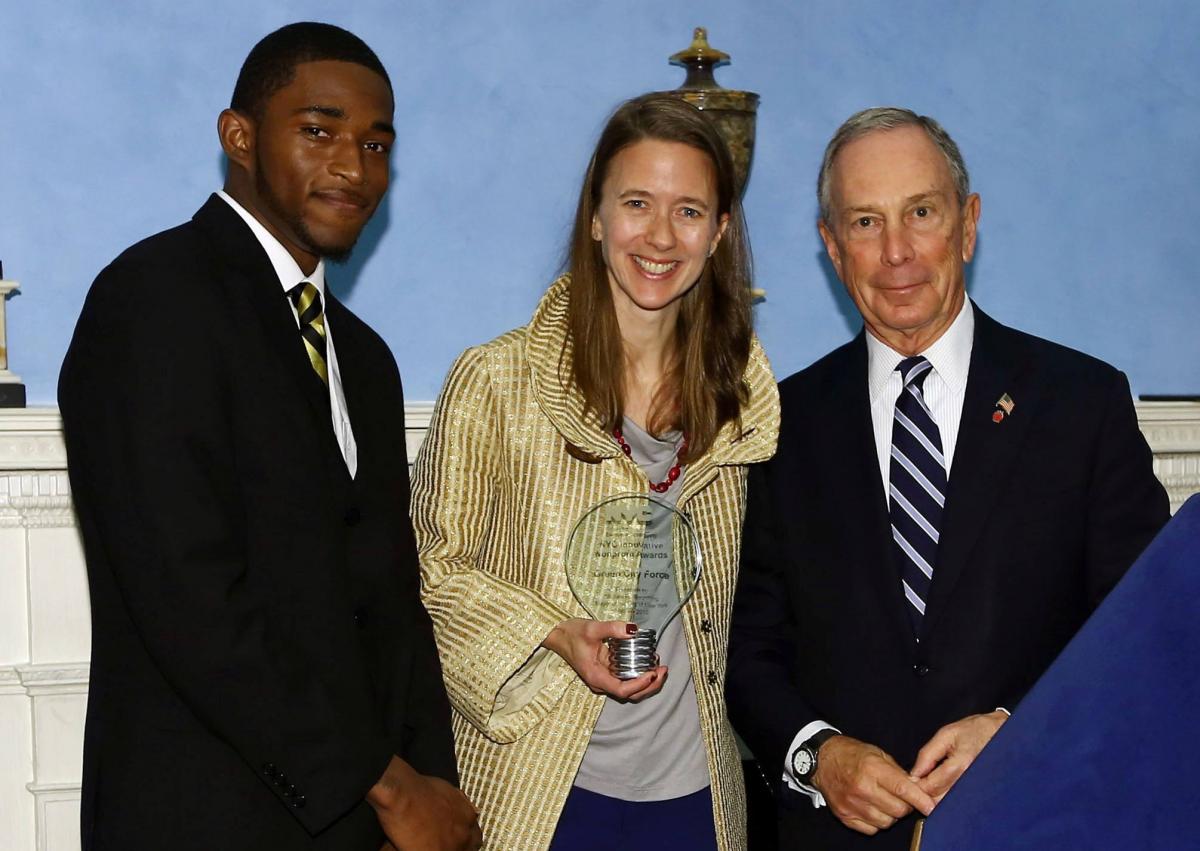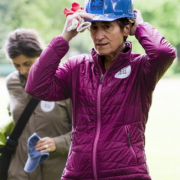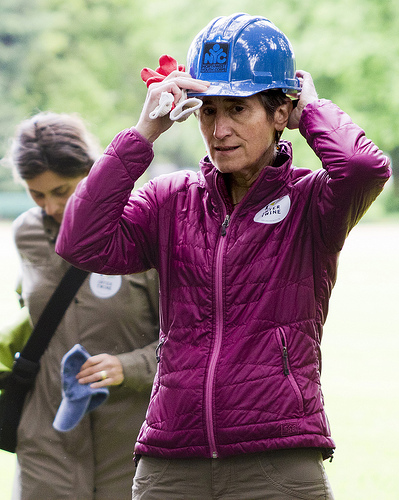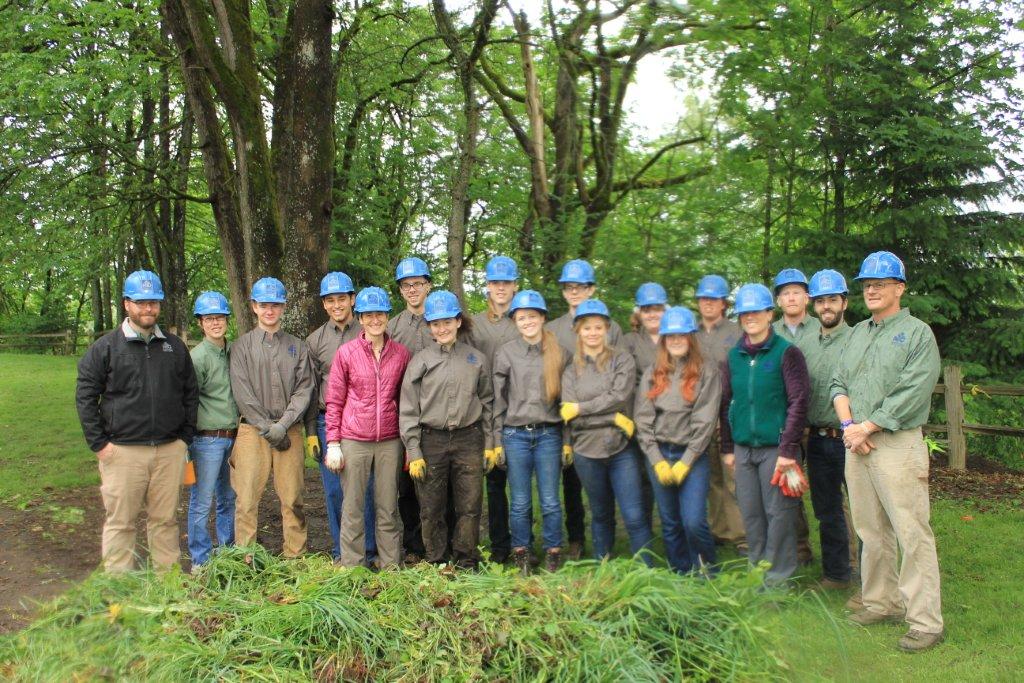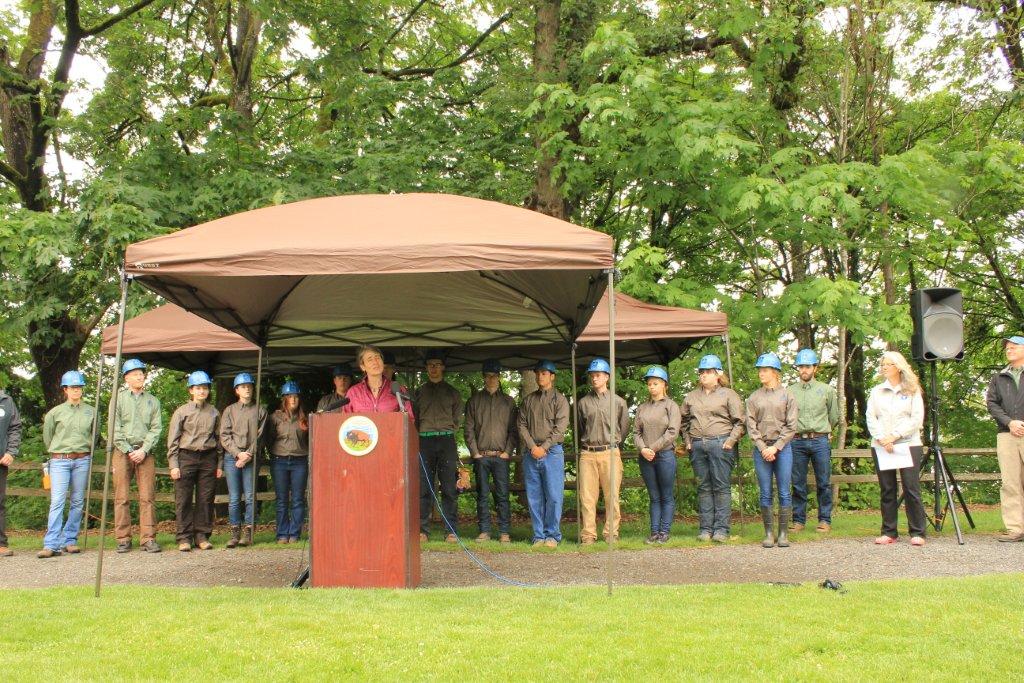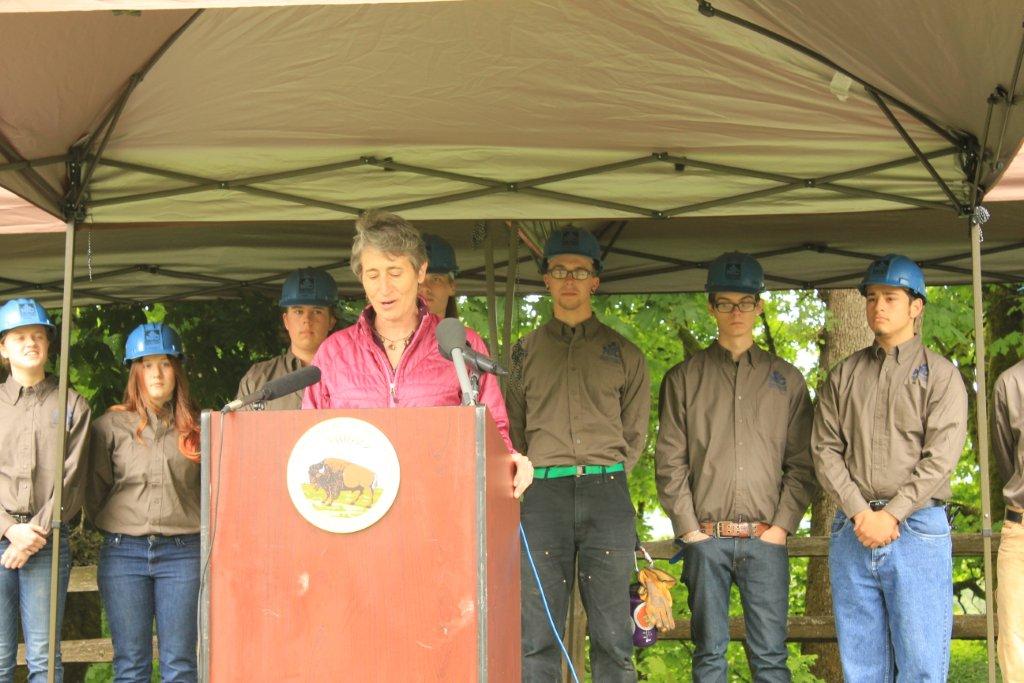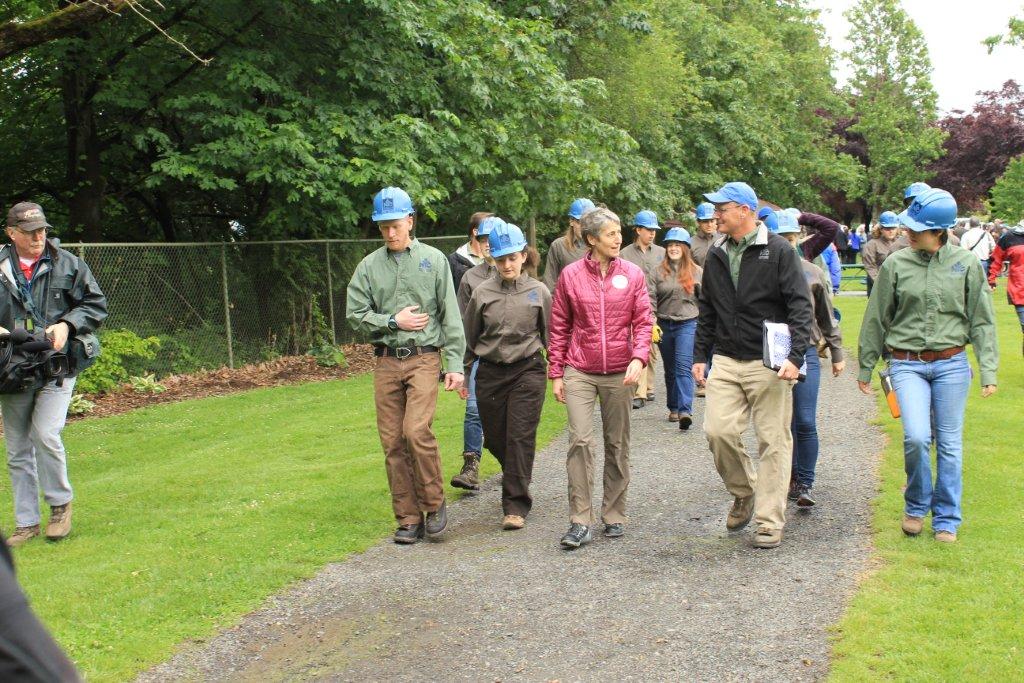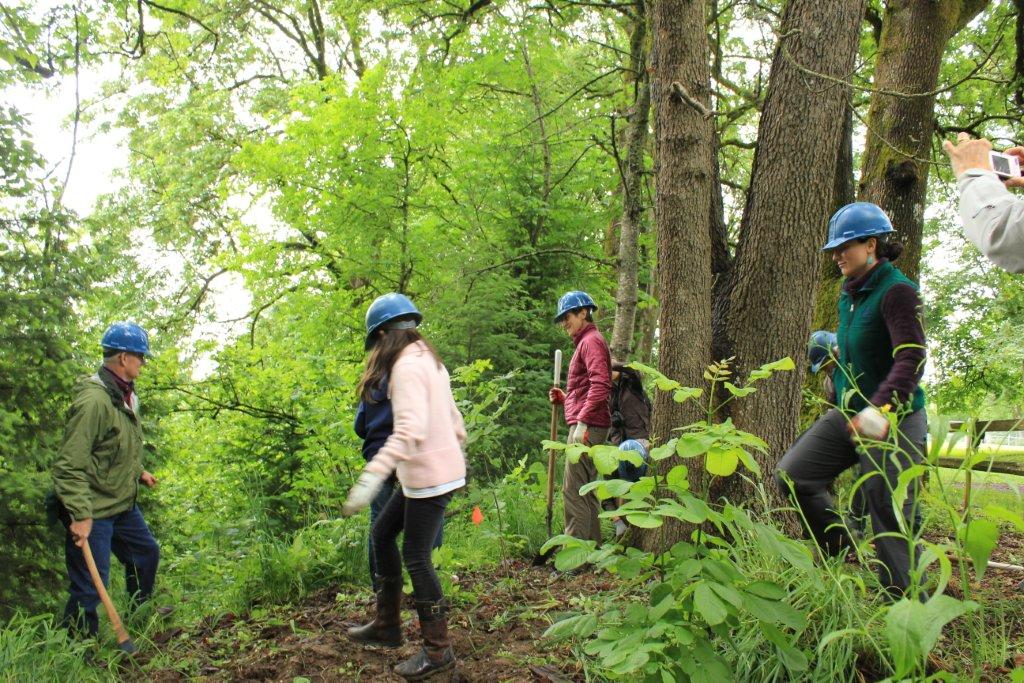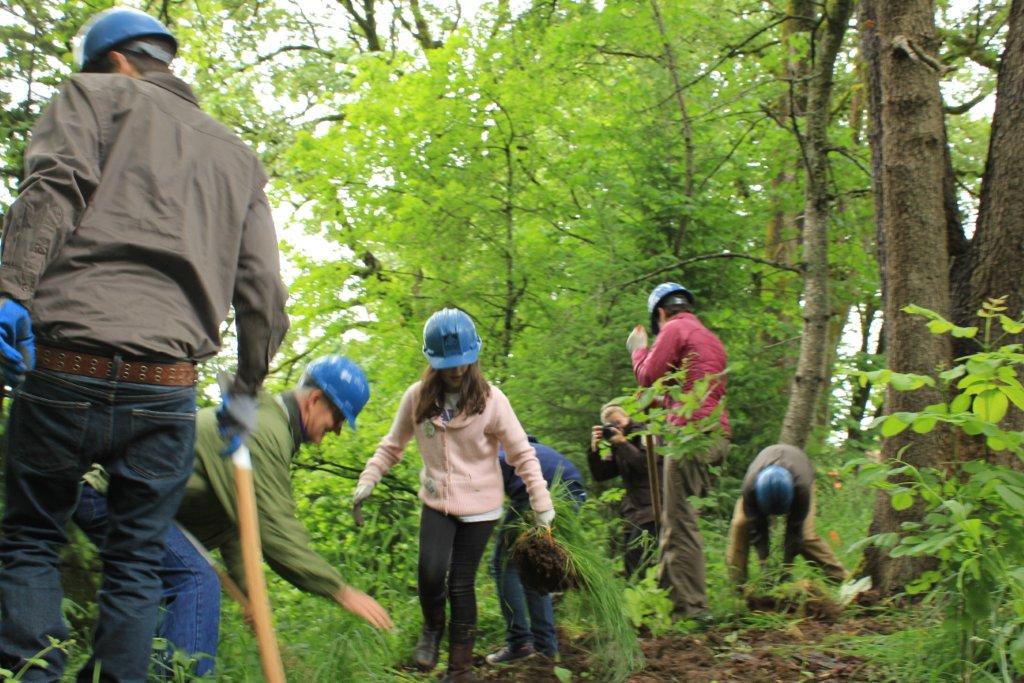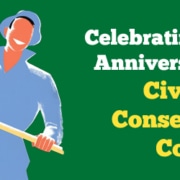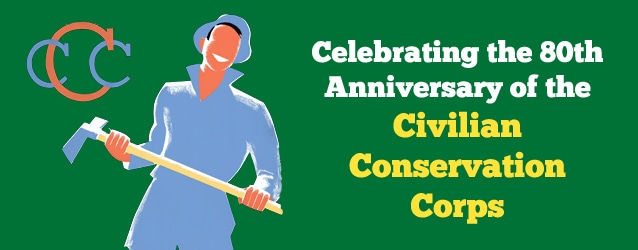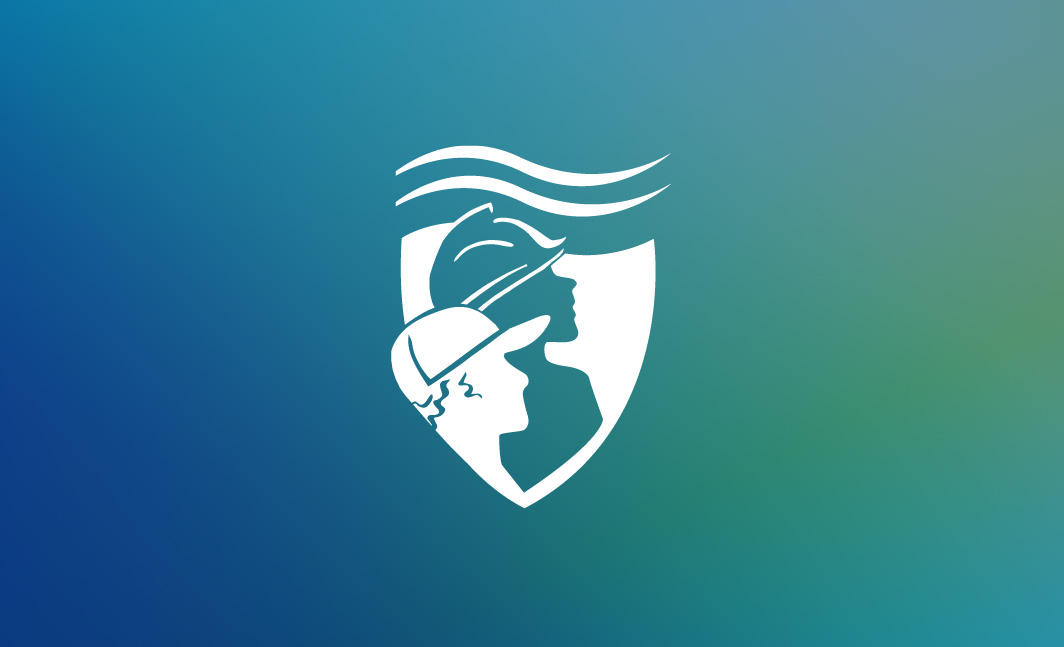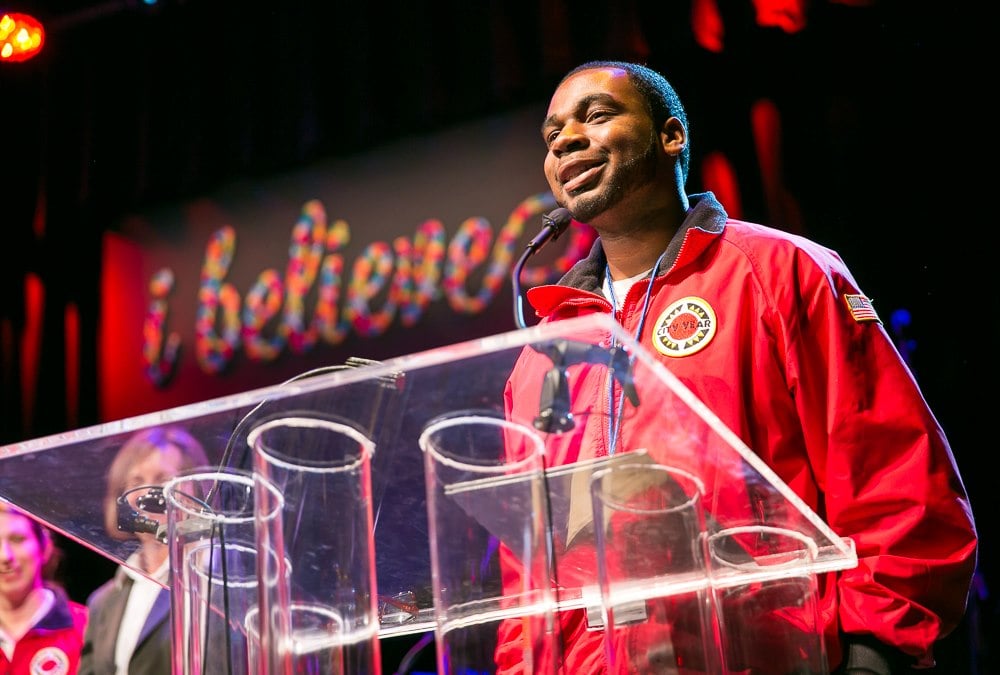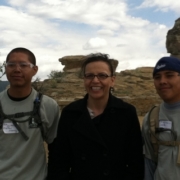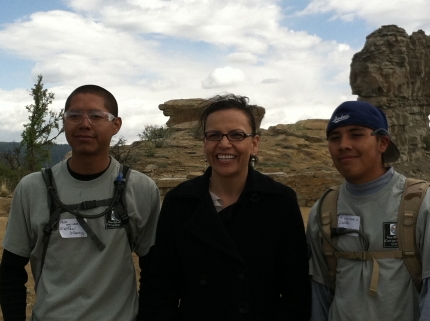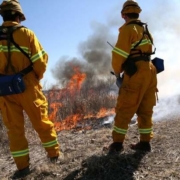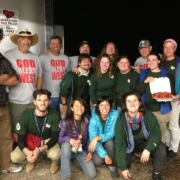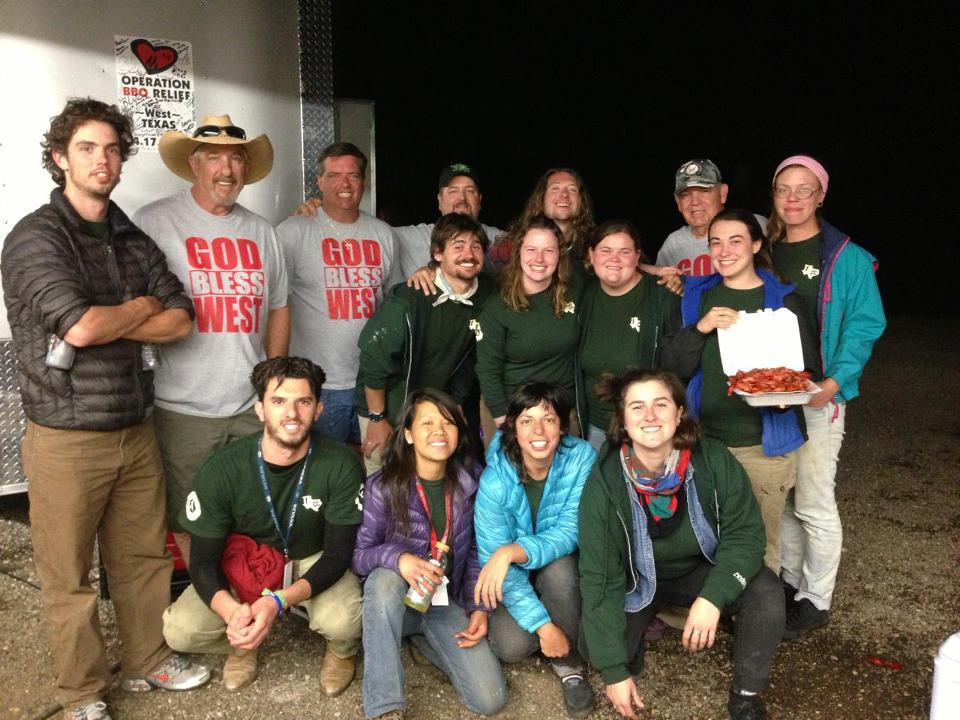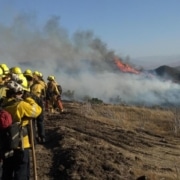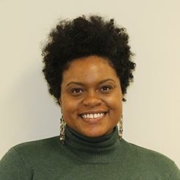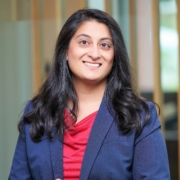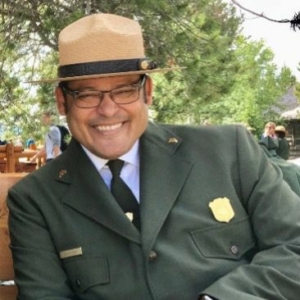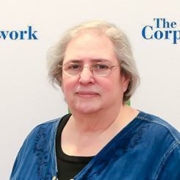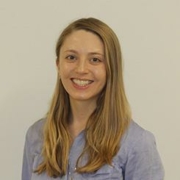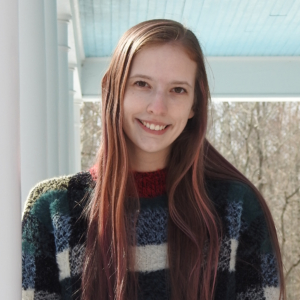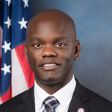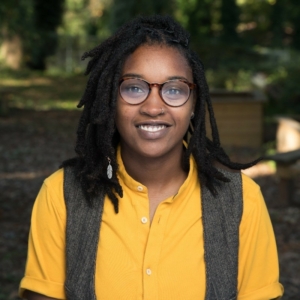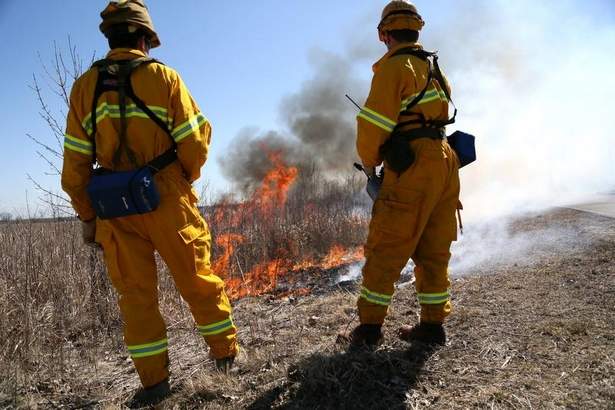
Picture from The Detroit Free Press
“Michigan conservation effort falls on hard times as state drains fund for park improvements”
Taken from thetimesherald.com
– by Kathleen Gray, Detroit Free Press
Kara Collins gives thanks every day that she doesn’t have to spend her workday in a cubicle.
The 23-year-old resident of Avoca in Michigan’s Thumb region gets to spend most days outdoors, clearing brush, collecting and planting native plant seeds, and doing her part to protect and improve the ecological balance in Michigan’s state parks.
“I had planned on going to school for psychology, but doing this work has completely changed what I want,” she said. “I want to work outdoors.”
Collins is one of a crew of a dozen people still employed by the Michigan Civilian Conservation Corps (MCCC), which was inspired by former President Franklin D. Roosevelt’s Civilian Conservation Corps (CCC) program that once employed more than 3 million men — including more than 102,000 in Michigan — during the Great Depression.
But the program, once a valuable tool to keep parks and nature areas spruced up while providing jobs to unemployed people, is now only a shadow of FDR’s grand plan to improve the nation’s forests, parks and fisheries and far from its heyday — from the mid-1980s to the mid-2000s — when it was funded through a multimillion-dollar endowment and had hundreds of people supplementing Department of Natural Resource workers in state parks and waterways. The culprit has been the state’s sluggish economy, which siphoned money from the once-popular program.
Steve Philip was the administrator of the program from when it was reintroduced in Michigan in 1984 until his retirement in 2002. During much of that time, the MCCC was paid for with a $20-million state endowment fund, and Philip had about $5 million a year to hire unemployed people to help with recreation projects around the state.
Then, the workers lived in three camps around the state and completed a large number of park improvements and enhancements — creating trails and constructing buildings in the parks, re-roofing old buildings built during the original CCC days, and helping work at fisheries around the state.
“It’s one of the best ways for the state to spend money to make money,” Philip said. “You’re taking people off welfare and giving them a productive job. And the DNR gets a lot of work done.”
But the economic free fall of the last decade caused the state to raid and drain the endowment fund in 2007 to help solve budget deficits.
“It was a shock to those of us involved in the program,” Philip said. “You go from hundreds of people to 12. In the history of Michigan, we need a program like this now. When times are good, we get programs like this, but when times are bad, that tends to be when we lose them.”
Because the endowment was lost, the MCCC has been paid for this year through $486,833 in the DNR’s budget and has just eight people working on stewardship projects, such as the controlled burn of 99 acres at Sterling State Park in Monroe on April 3 that killed invasive species and rejuvenated the soil so the native prairie land at the park can be restored. The department also is helped by legions of volunteers who put in 11,000 hours of work in state parks. It’s even helped by inmates with the Michigan Department of Corrections, which has a horticulture program to cultivate and grow the native seeds gathered by the MCCC crews to be replanted in state parks.
Four more MCCC employees work at a shop at Hartwick Pines State Park near Grayling, making the signs that are used at all the state parks.
It’s not much, but it’s all the DNR can afford.
“We are still using the MCCC mechanism, but we fund it ourselves through a much smaller amount of money,” said Ron Olson, the DNR’s director of parks and recreation. “It enables us to employ underemployed individuals and people who want to qualify for some AmeriCorps grants.”
Collins and Lee Slingerland, 27, of Algonac are MCCC members who helped with the controlled burn at Sterling State Park and who are using the program to qualify for AmeriCorps grants that can be used toward college degrees.
In addition to the $7.40 minimum wage MCCC members are paid, Collins has earned $7,000 in college grants while Slingerland has qualified for $10,000 in AmeriCorps grants. Both will go to Northern Michigan University later this year and plan to study environmental sciences for Collins and fisheries and wildlife for Slingerland.
“I would like to ultimately have my office in the woods,” Slingerland said.
Last year, the Legislature passed laws that would beef up the MCCC once again but didn’t put any state dollars behind the initiative. Instead, the Legislature ordered the DNR to appoint a committee that could identify a nonprofit that would be willing and financially able to run the program with help from the DNR and other public institutions such as colleges that could provide credits for the MCCC work.
“It is one of those things that is a great concept, but more difficult to achieve the ideals of the program,” Olson said. “We haven’t appointed the committee yet. But it’s on the agenda.”
State Sen. Rebekah Warren, D-Ann Arbor, one of the sponsors of the legislation said the MCCC is a program worth investing in, but setting up the structure for the new organization was a good first step.
“There wasn’t a whole lot of interest in putting state dollars in when the legislation passed,” she said. “But maybe it’s a good time to revisit as we’re doing the budgets now.”
James Clift, policy director for the Michigan Environmental Council, said the state has been starving some of the natural resource-based departments for years.
“And now the economy is finally starting to rebound to the point where we’re getting more money into the state coffers and the first thing the Legislature does is grant a huge tax cut to business,” he said. “If you look historically, really good things have happened with this program.”
Instead of just foisting it on a nonprofit, the state should have some skin in the game, Clift added.
“Otherwise, the nonprofit is going to say, ‘Is the state going to be an equal partner or am I just going to be out there having to sink and swim by myself,’ ” he said.
Warren noted that this is one more program that will help keep young people in Michigan.
“We’re going all over the world advertising Pure Michigan and encouraging people to come here, but we haven’t had enough funding in our state park system, and a lot of natural resource protection programs to keep our pure Michigan as wonderful as we’d like it to be,” she said. “This program is a real win-win.”
